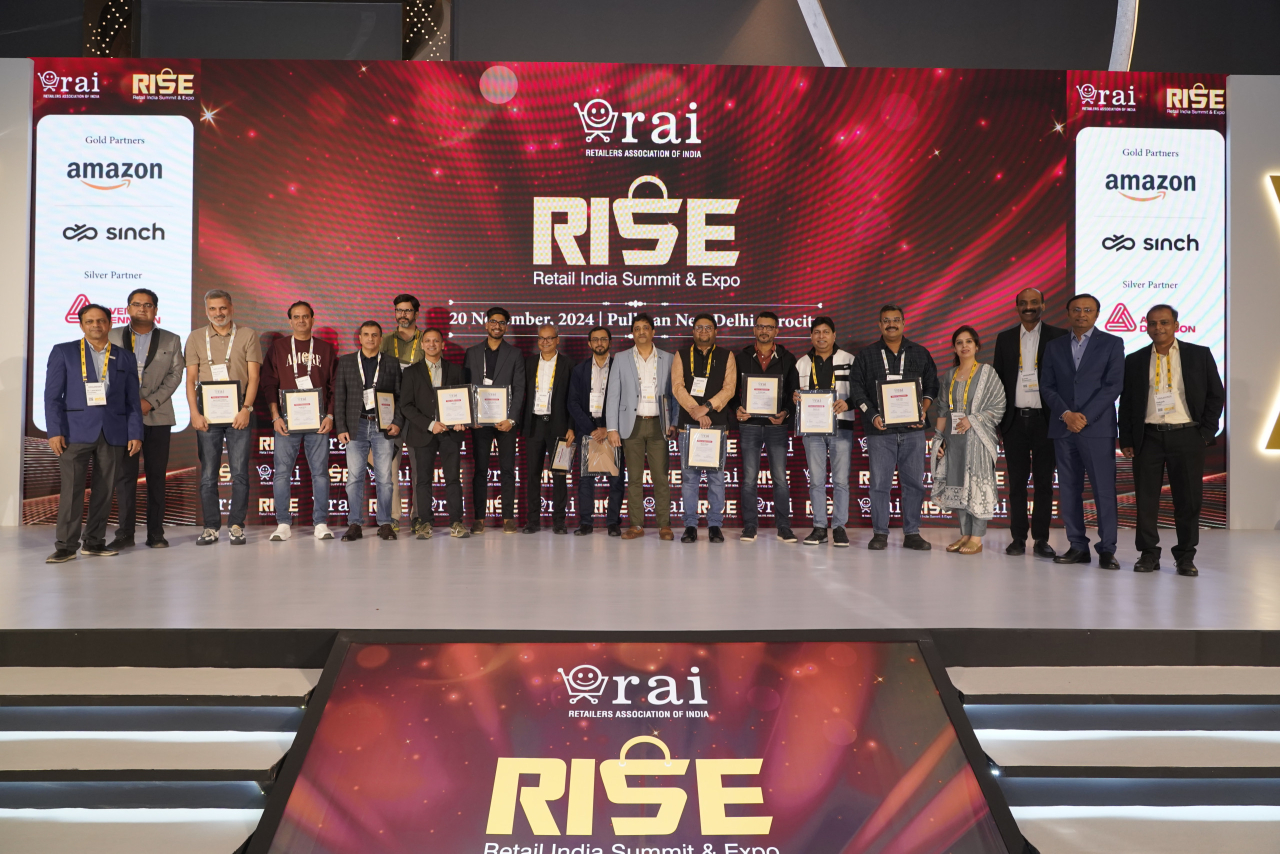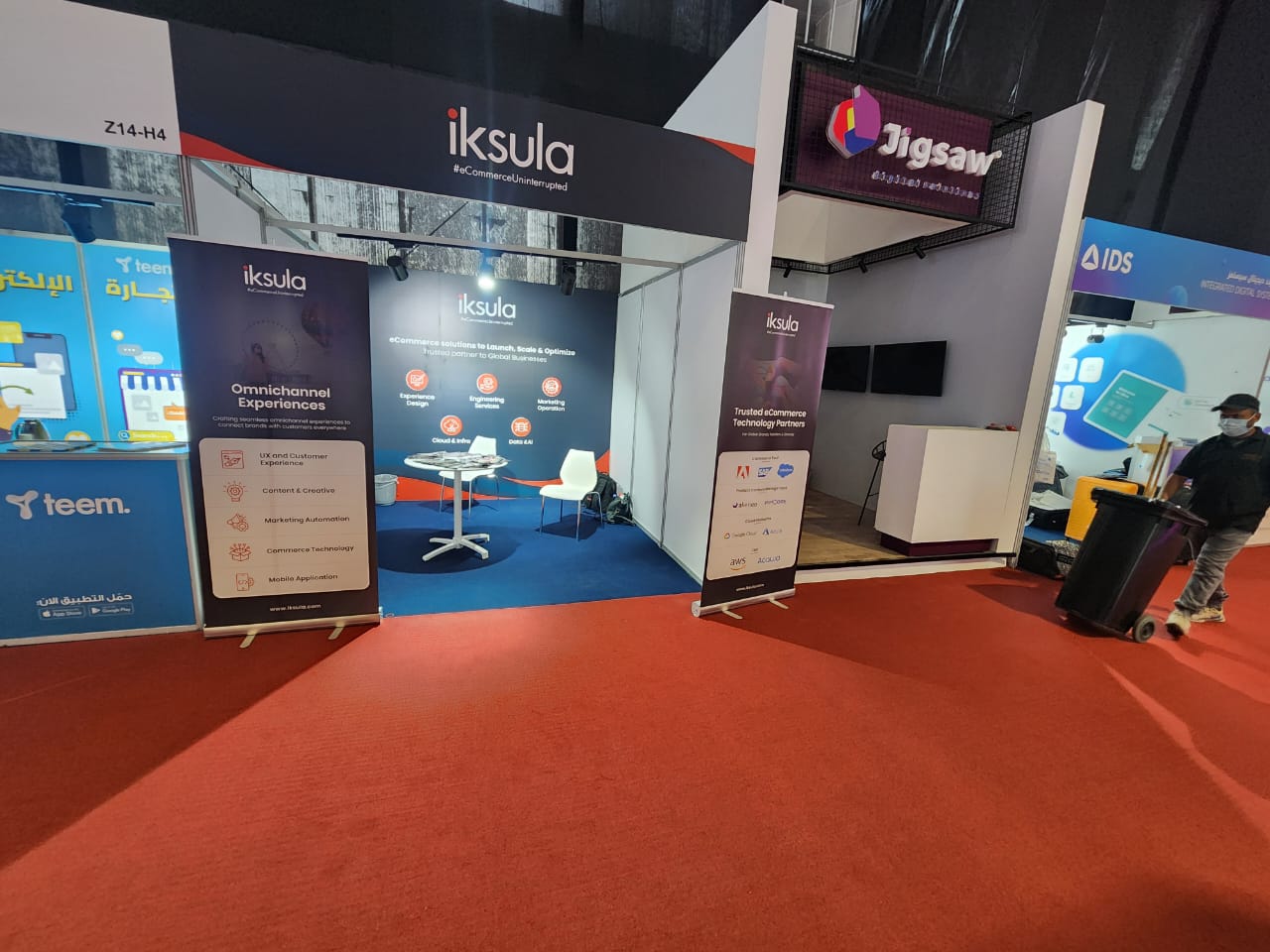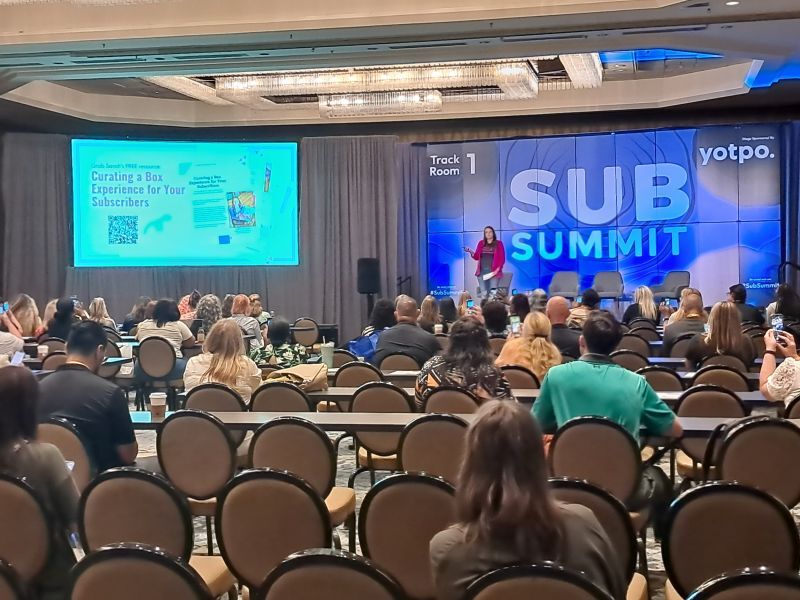In our modern world, customer experience holds a key position. Beyond price or product quality, understanding will soon emerge as the principal differentiator for attracting customers, even within B2B.
As the arena becomes competitive, it becomes evident that if customers aren’t content with the service they receive, they can take their business elsewhere. It underscores the necessity for B2B companies to create an outstanding experience that encourages customers to select them for business.
In this blog, we will explore the best practices and examples for B2B customer experiences that should be kept in mind while establishing your organization’s expertise.
Best Practices for B2B Customer Experience :
1. Understand Your Customers: Before crafting a quality customer experience, you must develop a deep understanding of the customers you will be interacting with. In the B2B landscape, customer behavior is significantly different from B2C customers.
2. Build A Customer-Centric Approach: Customer experience evolves from every customer interaction with your enterprise. B2B customers build their awareness about your brand across multiple channels. A consistent messaging across your website, digital ads and personal interactions helps in creating a better perception.
3. Provide Personalized Experiences: B2B Customers demand personalized experience and highly tailored solutions. With increasing competition, B2B companies risk becoming commodities. Personalized solutions help create differentiation and can drive higher engagement.
4. Educate and Advise Customers: Pushy sales techniques are obsolete. B2B customers value an advisory approach where sales reps act as consultants in identifying the right set of solutions for their business needs offering new insights and information about the customers’ businesses.
5. Extend Post-Purchase Support: B2B businesses thrive on long-term relationships. The initial cost of customer acquisition has to be offset by a higher lifetime customer value. B2B companies should focus on post-sales support – customer success, user training and ongoing enhancements – that assists them in maximizing the benefits of their products.
6. Real-Time Communication: B2B buyers expect quick responses. Using technology tools like live chat, Slack and Social Media help address their queries and improve customer satisfaction. This can be further strengthened by leveraging self-service resources like knowledge bases, chatbots, and community forums that diminish the dependence on customer service teams
7. Deliver Proactive Customer Service: Anticipating and addressing potential issues before customers become aware of them underscores proactive customer service. Monitoring customer health scores and understanding their journey enables swift problem resolution.
8. Enhance Website Accessibility and Usability: Focusing on building a high quality UX for B2B websites increases engagement. This includes managing website performance, navigation, information availability, and accessibility.
9. Creating feedback loops: Every B2B company possesses unique attributes, so a customer feedback loop becomes indispensable. Gathering, analyzing, and disseminating feedback allows you to comprehend customer perspectives and refine the experience.
Customer experience is pivotal within the B2B realm and encompasses numerous facets. Staying attuned to customer requirements empowers companies to continually enhance the customer experience, differentiating themselves from competitors and cultivating loyal and contented customers.









































